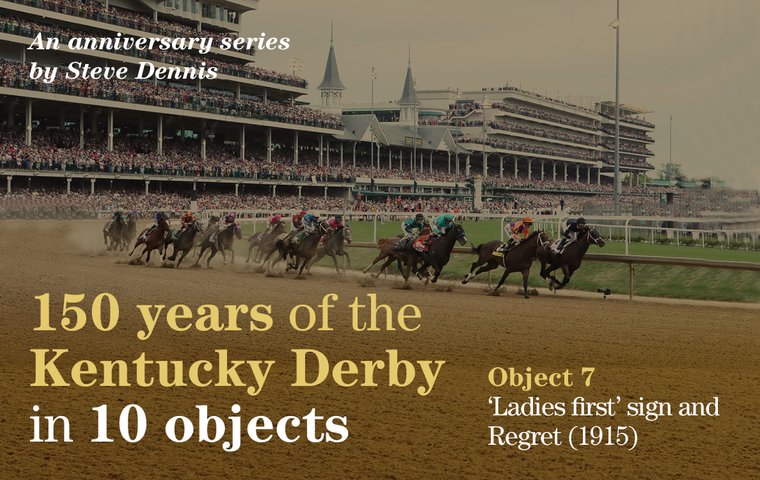
Our acclaimed series celebrating 150 years of America’s greatest race continues with a famous filly who made history at Churchill Downs – thereby putting the Kentucky Derby on the national map
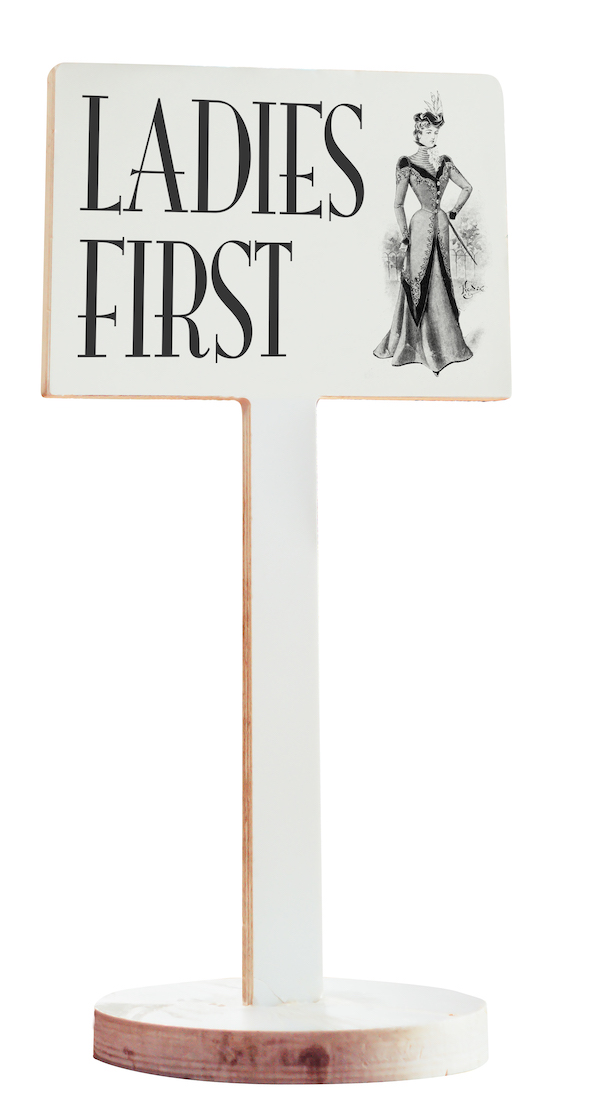 Racing is a sport in which women can do anything men can do – train winners, ride winners, own them, breed them, write about them, broadcast about them, sit in the boardroom, make the rules, govern the industry, anything you like. We know it well now, but in 1915 it wasn’t an accepted notion on or off the track.
Racing is a sport in which women can do anything men can do – train winners, ride winners, own them, breed them, write about them, broadcast about them, sit in the boardroom, make the rules, govern the industry, anything you like. We know it well now, but in 1915 it wasn’t an accepted notion on or off the track.
“A filly cannot win the Derby’ has been a familiar slogan in Kentucky,” ran the editorial in the Thoroughbred Record that year.
But of course a filly could win the Derby, and when one did it was a watershed moment for the race. Regret galloped gloriously through the glass ceiling, turning that conventional ‘wisdom’ on its head and helping to transform the Kentucky Derby into a national institution.
The pioneering Regret – named, with a dash of that chauvinistic Kentucky sloganeering, because owner-breeder Harry Payne Whitney had been hoping for a colt – was a game-changer, a mould-breaker right from the start.
She won the Saratoga Special on her racetrack debut, returned to the scene of the crime seven days later to take the Sanford Memorial, and broke new ground the following week when adding the Hopeful to her haul, defeating colts each time. In a career liberally freckled with firsts, she was the first horse to sweep Saratoga’s famous two-year-old series, and only three – all of them colts – have matched her feat.
Three-for-three within three weeks at the Spa, Regret was reckoned to have done enough for the year and it was sufficient to crown her champion juvenile filly. She assuredly had a bright future, but it didn’t necessarily include a visit to Kentucky.
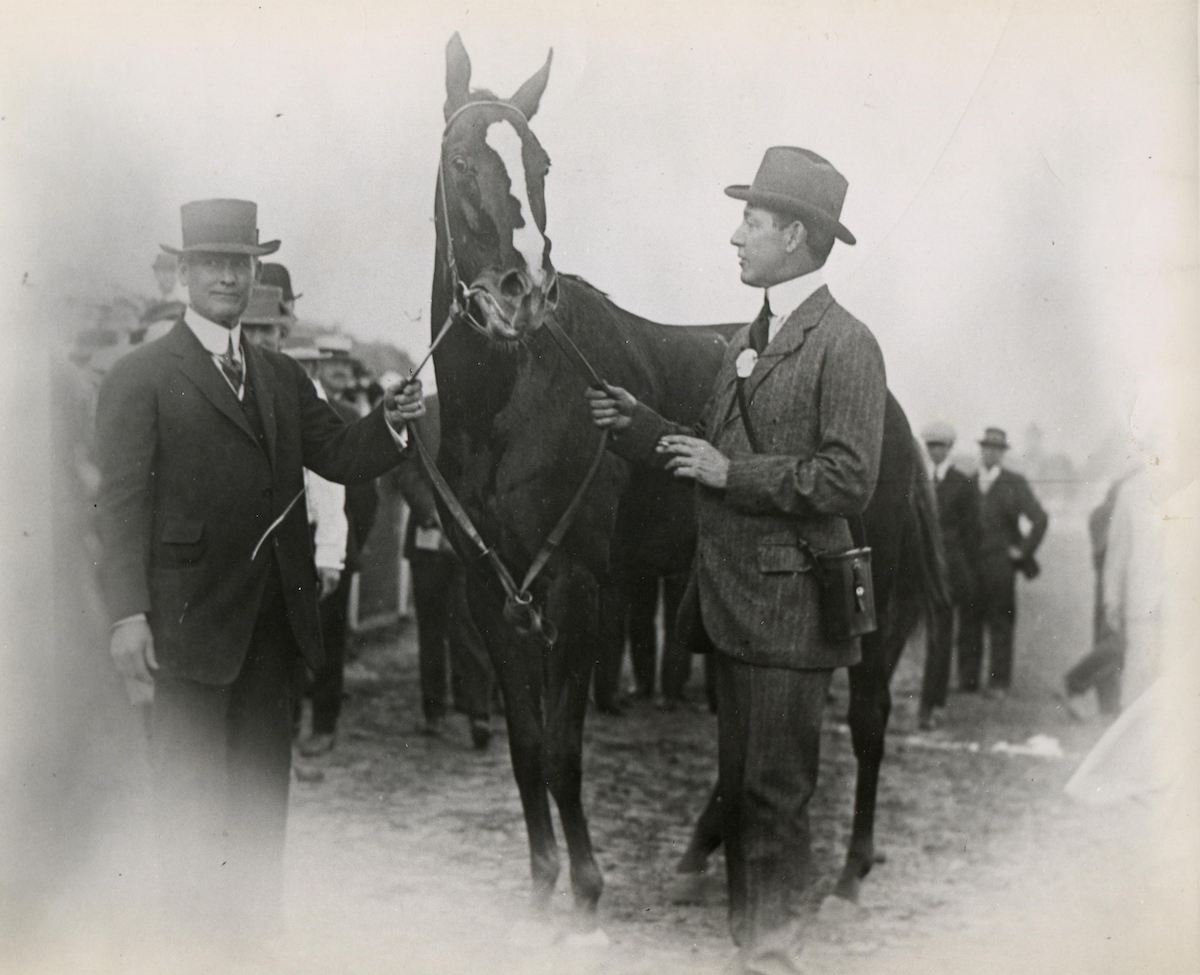 At the time, the power in US racing was concentrated on the east coast. The New York circuit was loaded with money, prestige and all the best horses, and although the Kentucky Derby was certainly a race of note, Louisville was nevertheless regarded as Hicksville by those patrician plutocrats – such as the fabulously wealthy Whitney – who rarely ventured west of Broadway.
At the time, the power in US racing was concentrated on the east coast. The New York circuit was loaded with money, prestige and all the best horses, and although the Kentucky Derby was certainly a race of note, Louisville was nevertheless regarded as Hicksville by those patrician plutocrats – such as the fabulously wealthy Whitney – who rarely ventured west of Broadway.
It seemed as though it would take an act of God to alter prejudice and perception, but all it took was an act of legislation, with the anti-gambling Hart-Agnew Law of 1908 – allied to its 1911 amendment – conspiring to shut down every racetrack in the state of New York.
Irresistible bucolic charms
Suddenly Kentucky’s bucolic charms became irresistible, and the Derbys of 1911 and 1912 were won by horses owned by New Yorkers.
In 1913, New York’s racetracks began to reopen, but the bluegrass seed had been planted, watered and harvested, to the delight of Colonel Matt Winn, the driving force behind Churchill Downs. Winn had been instrumental in encouraging the owners of Meridian (1911) and Worth (1912) to travel west, and his powers of persuasion had the same effect on Harry Whitney.
Whitney may have been all-in, but Regret’s trainer Jim Rowe was not altogether enamoured of the prospect. Regret had never raced beyond six furlongs, had been off the track for nine months – and anyway, didn’t the locals hold that a filly cannot win the Derby?
Rowe swallowed his misgivings, trained Regret up to the race, and put her on a train heading west six days before the Derby. The ‘iron horse’ came as something of a shock to the flesh-and-blood Regret.
“The train ride upset her,” said jockey Joe Notter. “She went off her feed and twice worked poorly over the track – Mr Rowe was wondering whether she should run.”
Ray-of-sunshine enthusiasm
Rowe and Notter were roughing it, sleeping in the barn next to Regret. The roof leaked when it rained, and Notter remembered it raining quite a bit. Rowe’s doubts resurfaced, but Winn’s ray-of-sunshine enthusiasm convinced him to keep the filly among a field of 16, the biggest ever assembled for the race.
Regret became the 15th filly to bid for the Derby, and was 5-2 favourite to make history despite her long layoff, stamina issues and lacklustre workouts. Not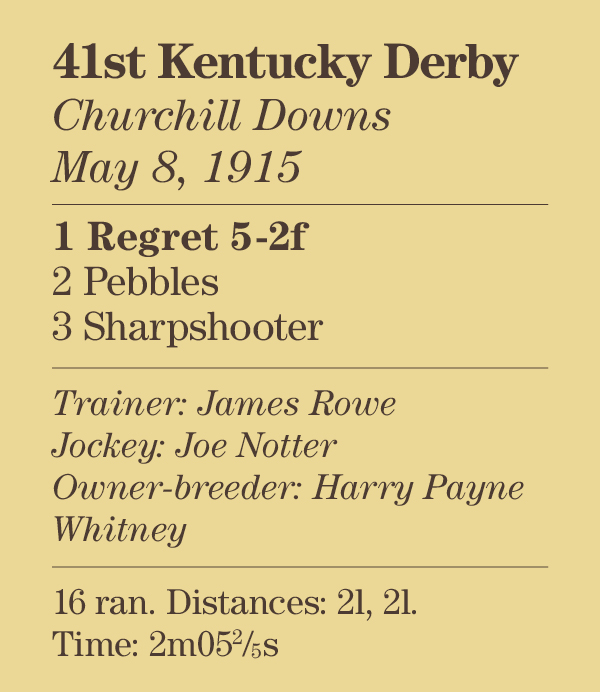 ter, dressed in Whitney’s famous light blue, white sash, brown cap, shared bettors’ faith in his mount and sent her straight into a lead she would never relinquish.
ter, dressed in Whitney’s famous light blue, white sash, brown cap, shared bettors’ faith in his mount and sent her straight into a lead she would never relinquish.
Regret held a clear advantage at the head of the stretch and turned back the late threat of fellow east-coaster Pebbles – who had also been second-best in the Saratoga Special – by two lengths.
The significance of her achievement was not lost on anyone, especially those Kentucky nay-sayers, while Whitney’s post-race speech emphasised the race’s acceptance by the New York fraternity, his words helping to position the Derby as the pre-eminent prize in the calendar.
“This is the greatest race in America at the present time, and I don’t care if she never wins or never starts again,” he said. “The glory of winning this event is big enough, and I am satisfied.”
National recognition
Whitney was satisfied; Winn was delighted. “For many years, the Derby was almost Kentucky’s exclusive own,” the Colonel wrote in his autobiography. “Regret put us over the top in our effort to gain national recognition, some coast-to-coast publicity – she did not fail us.”
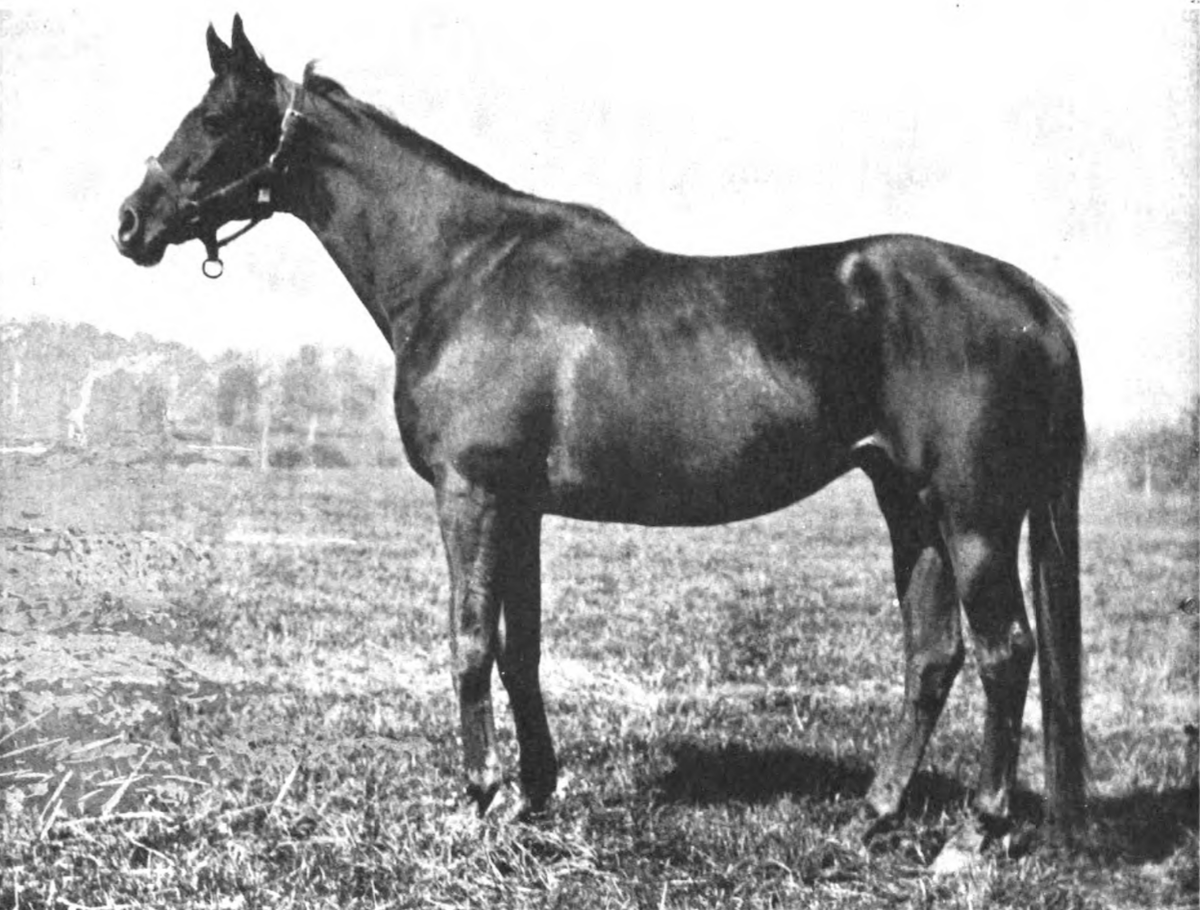 Regret did win again, although she was campaigned very lightly, running just 11 times across four seasons, and what came later was only a footnote to her inviolable place in the record books.
Regret did win again, although she was campaigned very lightly, running just 11 times across four seasons, and what came later was only a footnote to her inviolable place in the record books.
Since her breakthrough, only two fillies have won the Kentucky Derby. Genuine Risk sprang a 13-1 upset when victorious in 1980, overcoming moderate opposition after finishing third in the Wood Memorial on her first start against colts.
She was followed eight years later by Winning Colors, who had already beaten the boys in the Santa Anita Derby and led throughout at Churchill Downs as 3-1 second-choice in a very strong field.
Nowadays the qualifying system used for the Derby militates against fillies, who have to beat colts in a prep race in order to amass the requisite points to make the final field. One day, though, another will surely come through and add her name to the exclusive list of distaff winners, following the trail blazed so brightly by one of US racing’s most important pioneers.
• Visit the Kentucky Derby website and the Kentucky Derby Museum website
‘He had materialised as if from nowhere’ – reliving the unlikely tale of Canonero II
‘The 2008 Kentucky Derby would shake racing’s complacency about its bad old habits until it cracked’
View the latest TRC Global Rankings for horses / jockeys / trainers / sires


